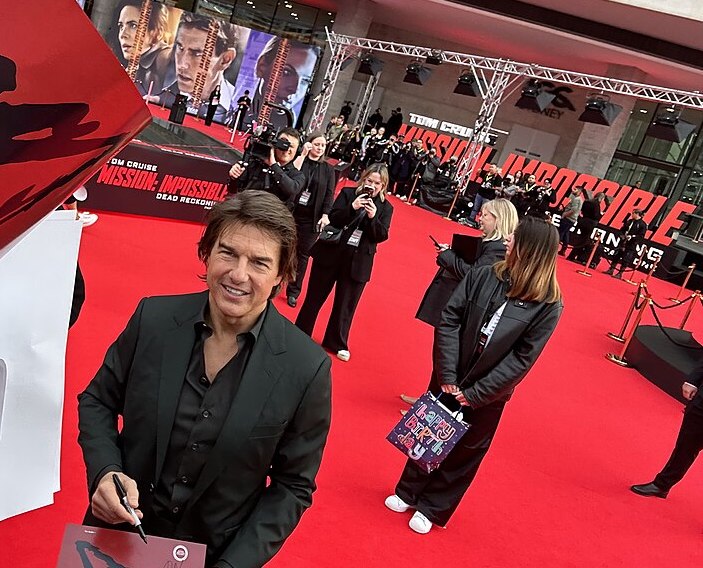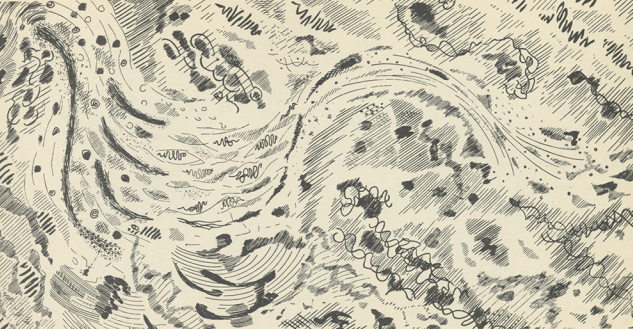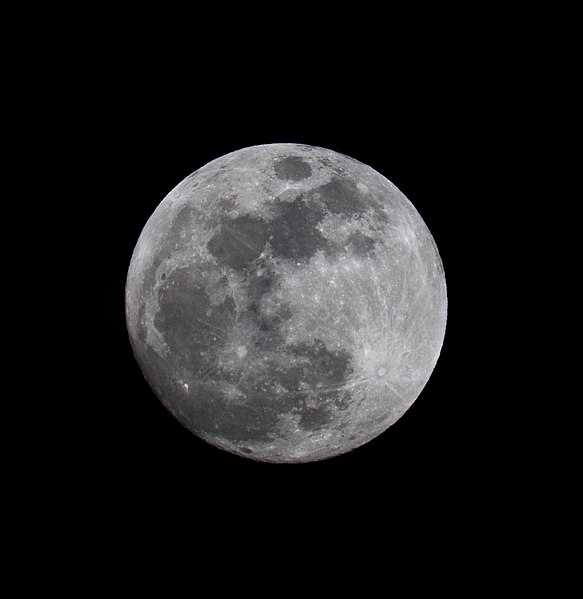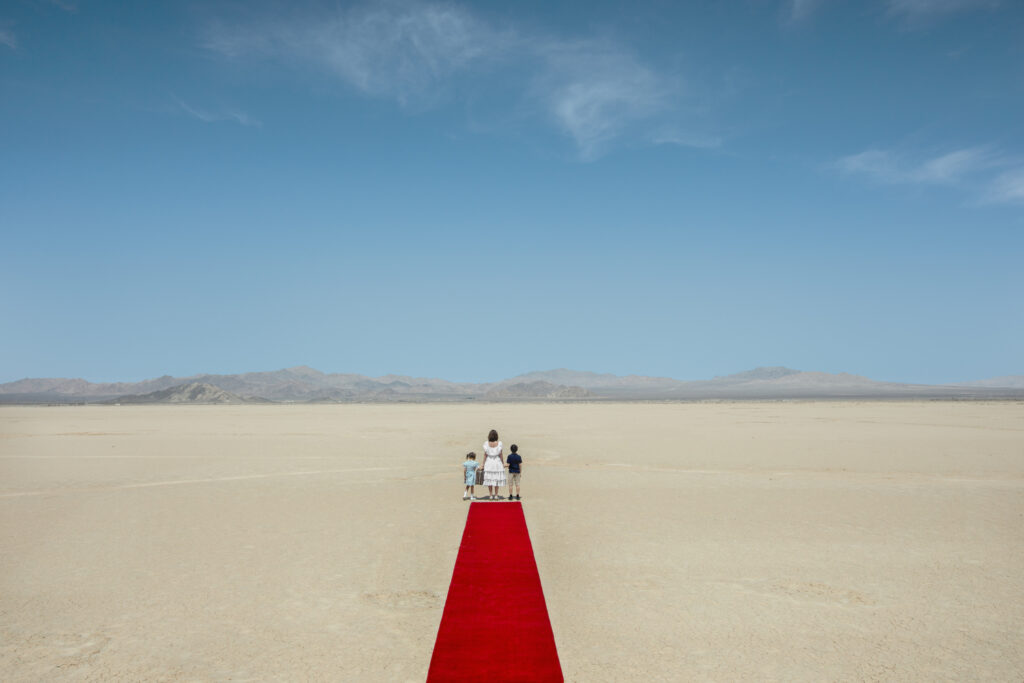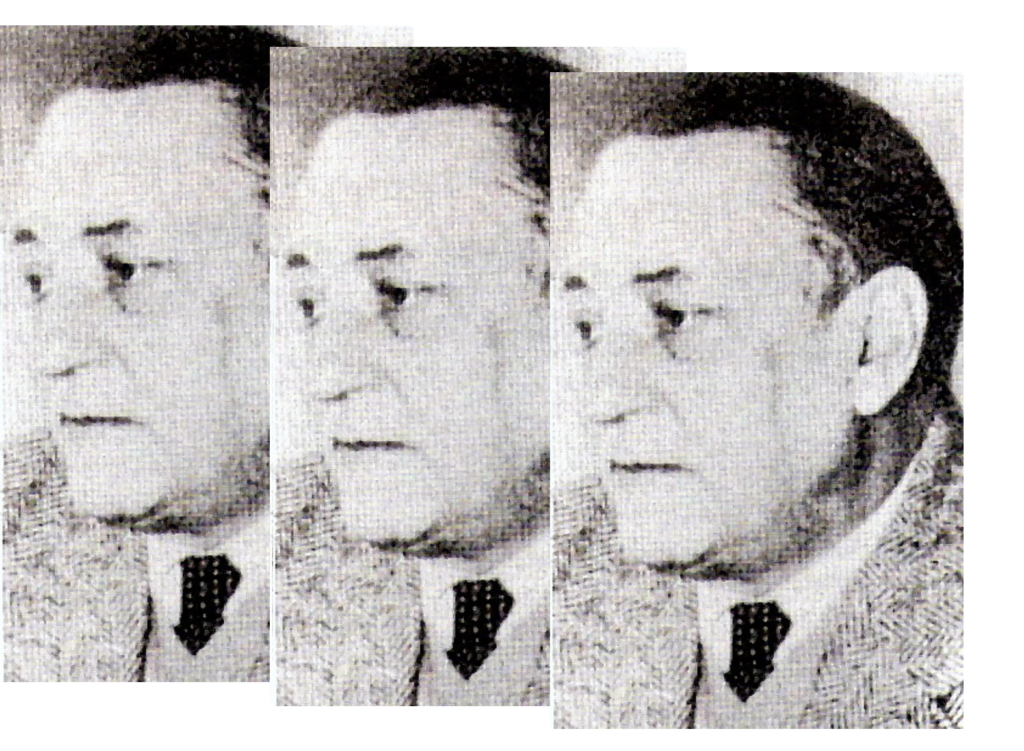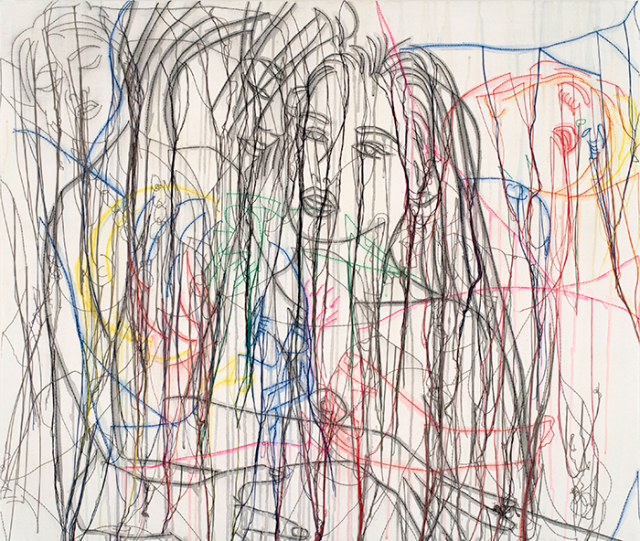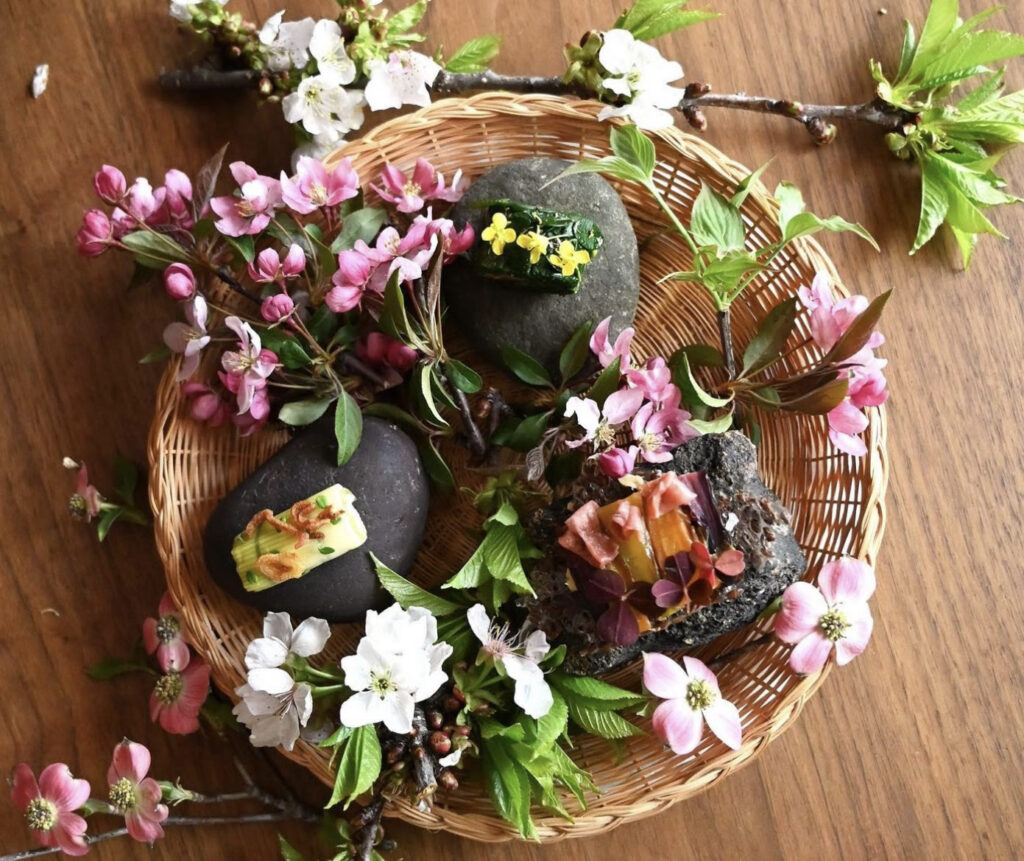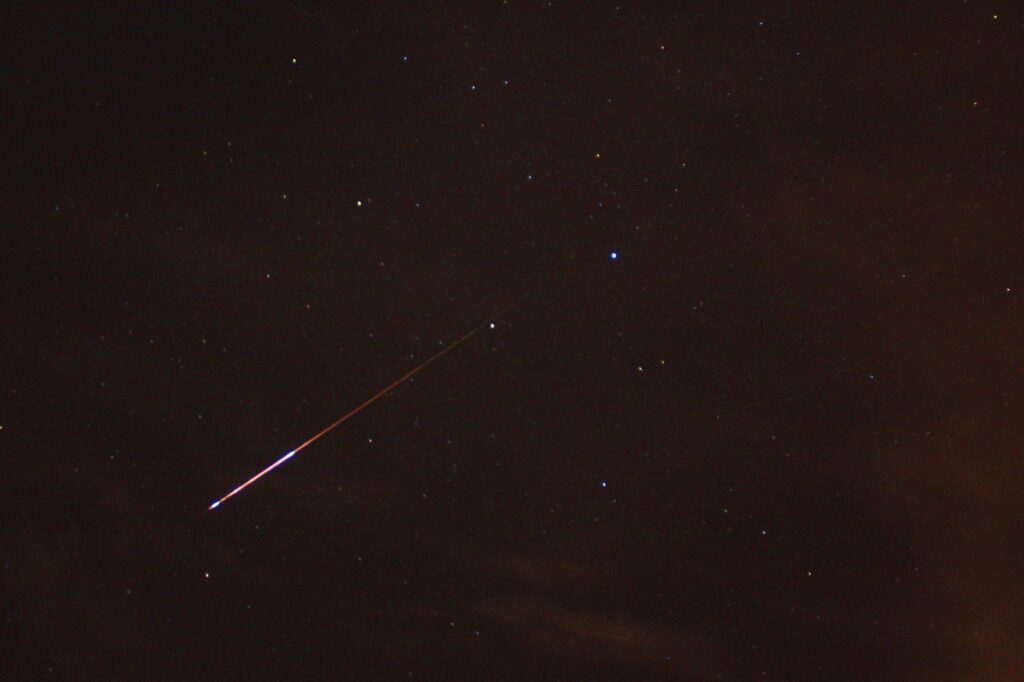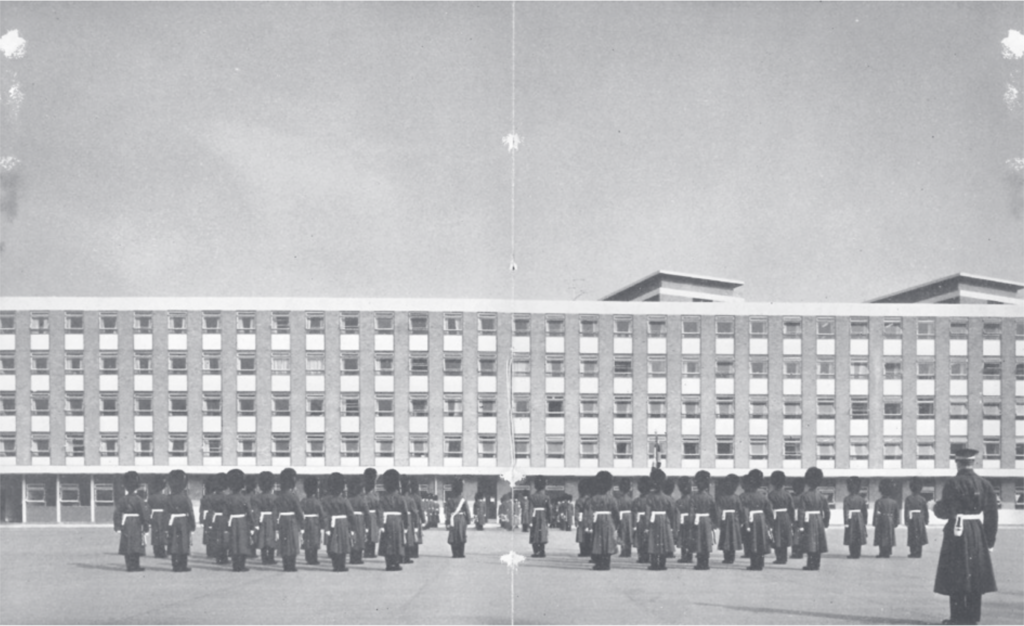Tom Cruise at Mission: Impossible – Dead Reckoning Part One premiere. Courtesy of Wikimedia Commons, Licensed Under CC0 2.0.
When asked whether he was going to watch Barbie or Oppenheimer first, Tom Cruise responded with, and I quote, “What’s great is you’re going to see both on the weekend.”
“It’ll probably be Oppenheimer first and then Barbie,” the greatest living actor continued. “Oppenheimer’s going to be on a Friday—do you know what I mean? I’ll probably see it in the afternoon; you want that packed audience. And then I wanna see Barbie right afterwards, with a packed audience.”
But first, I was going to see Mission: Impossible – Dead Reckoning Part One on a Monday. I wanted that packed audience, so I picked the earliest screening possible at the TCL Chinese Theatre—a Los Angeles Historic-Cultural Monument and home to one of the largest commercial movie screens in North America. Despite various rounds of rebranding, the TCL Chinese Theatre—formerly known as Mann’s Chinese Theatre and before that Grauman’s Chinese Theatre—will basically always be the Chinese Theatre. I first encountered it in the film critic Nick Browne’s classic 1989 essay “American Film Theory in the Silent Period: Orientalism as an Ideological Form,” which examines the Orientalism of early film aesthetics, and the twenties trend of exotically decked-out American movie palaces that culminated, in 1928, “in the construction of Sid Grauman’s still famous (indeed iconic) Chinese Theater in Los Angeles, described as deriving ‘its inspiration from the Chinese period of Chippendale.’ It opened in May with the premiere of De Mille’s King of Kings with an evening of high ceremonies hosted by D. W. Griffith.”
Copyright
© The Paris Review
